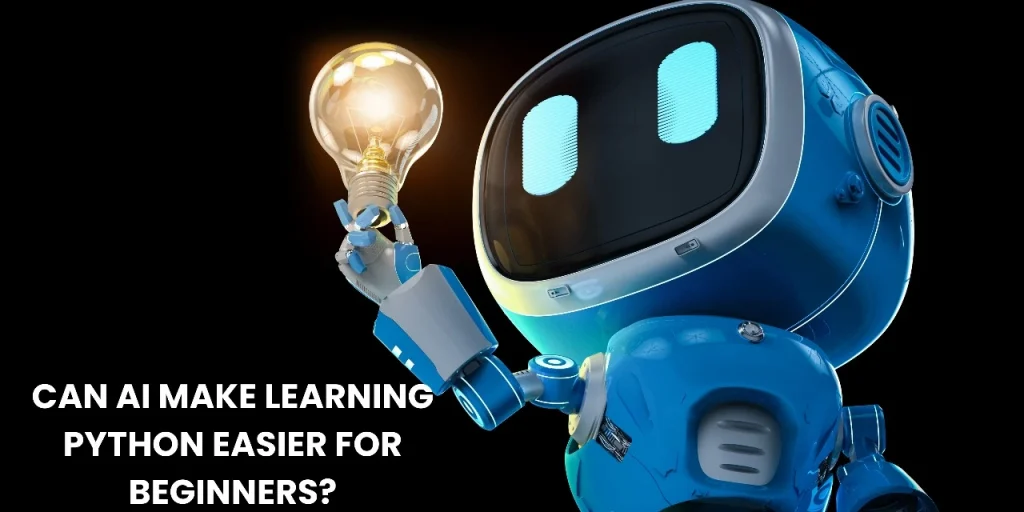Introduction
Python is one of the most popular programming languages globally. It plays a major role in web development, computer science, artificial intelligence, and automation. Learning Python is ideal for beginners because it has a simple syntax and is easy to read. Still, like any new skill, learning Python can feel overwhelming at first. Beginners often struggle to grasp concepts, fix errors, or figure out how to practice effectively. This is where artificial intelligence (AI)
can make a big difference.
AI technologies are rapidly improving and becoming more user-friendly. They are now widely used in various fields, including education. In programming education, AI can greatly support the learning process by making it easier and more personalized. New learners using AI tools receive instant feedback, helpful suggestions, explanations, and error support—all of which enhance their overall experience.
In this blog, we will explore how AI simplifies learning Python for beginners. We’ll look at how AI tools help users understand code, get real-time feedback, and enjoy a more engaging and effective learning journey. Whether you're a student, a self-learner, or a returning programmer, you’ll discover how AI can support and improve your Python learning experience.



